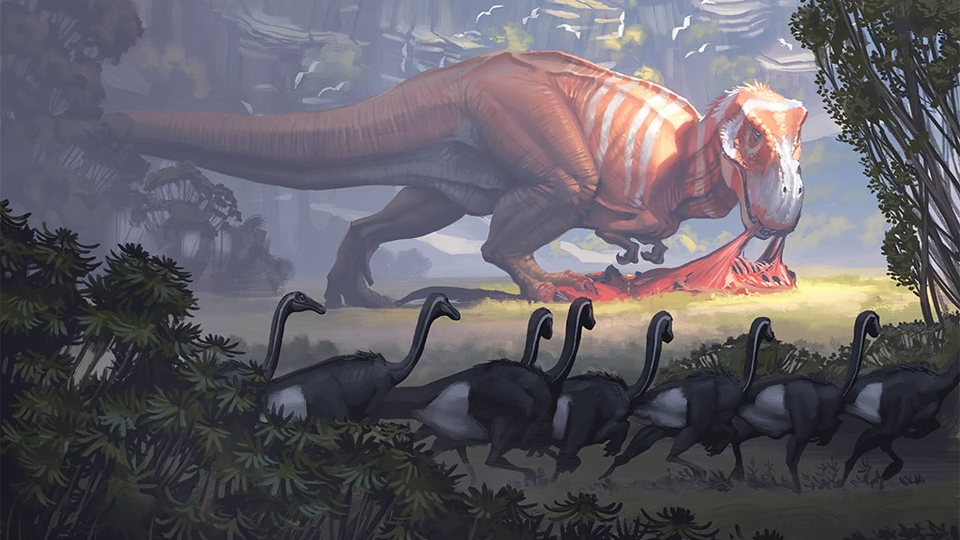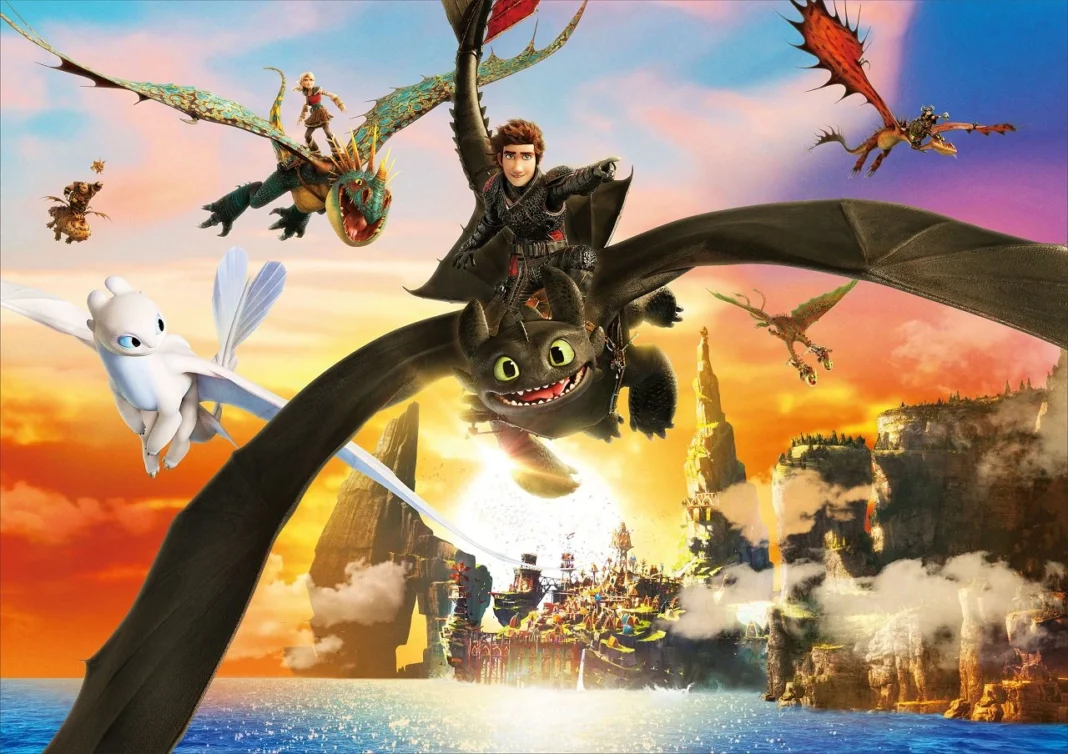Introduction:
Torvoneustes is one of the many kinds of marine/aquatic reptile that evolved during the Mesozoic Period and I love how diverse one group of animals can be and literally take hold of so many niches. Reptiles are truly so wonderful and this Torvoneustes is not like your average marine reptile, it is from the Crocodylomorpha, the large group that gave rise to the actual crocodilians we have today, had another group of reptiles that became ultra aquatic, so much so that it spent its entirely in the water. I will go more in-depth about this group down below and the Torvoneustes came to my mind thanks to Mattel’s new figure release, more on that as we go.
Discovery:
Torvoneustes did have a messy classification from the time it was discovered and it was discovered around the beginning of the 20th century and from different formations as well starting with the Kimmeridge Clay Formation of Dorset and Wiltshire, England, the Virgula Marls of Switzerland and Oaxaca from Mexico. Fortunately enough, the first part of the skeleton the paleontologists discovered was the skull, making it easier to identify what kind of crocodilian it was but there was a lot more research to be done as you will soon see with its classification nightmare.
Torvoneustes belongs to group of crocodilians known as Thalattosuchia or commonly known as ‘Marine Crocodiles‘ and within this group, there are multiple genera and subgroups as well. The most popular or well known thalattosuchian is Metriorhyncus. Researcher Mark T. Young and his colleagues said that Thalattosuchia is the largest clade within the Crocodylomorpha meaning it probably had the largest amount of genera than any other crocodilian group.
When Torvoneustes was first discovered, it was originally assigned as a fossil for Metriorhyncus and after some more fossils were discovered of other parts, it was then classified as a new species of Dakosaurus known as Dakosaurus carpenteri and the species was named to honor Simon Carpenter, an amateur geologist from Frome in Somerset, who discovered the fossils but it was not for long though as it was reassigned again to Geosaurus in 2008. All of the thalattosuchians mentioned are still valid and they exist normally, so if any of them were your favorites, you can rest assured that those marine crocs are still valid.
And after all that shuffling, Torvoneustes was finally granted its own genus and now it is known as Torvoneustes carpenteri but with all the confusion and shuffling, Torvoneustes is now recognized as a valid genus and surprisingly, there has been more species of Torvoneustes called Torvoneustes coryphaeus, jurensis and mexicanus.
Biology:
Torvoneustes may not have been the largest marine reptile because a lot of other reptiles are competing for that role as well but it does sufficiently fit in the medium-sized predator niche of the Late Jurassic Period oceans. It lived 157 – 152 million years ago of the Late Jurassic Period and it probably lived near the shallow seas and hunted fish and ammonites and the surprising adaptation for aquatic life was that their legs turned into flippers to aid in swimming as well as having a tail fluke at the end of the tail making it look more like a shark’s tail. They also adapted to give live birth instead of laying eggs and so their whole lives have changed to suit their aquatic life.
Torvoneustes was around 4 – 4.7 m (13 – 15 feet) in length and some fossils indicate that it could have been larger while T. coryphaeus was around 3.7 m (12 feet) and T. jurensis was around 4 m (13 feet) in length and not much is known about T. mexicanus but no one can disregard the tooth fossils found in Mexico and so unless more fossils are found, no estimates can be given for that species.
The Kimmeridge Clay formation where it was found was abundant with aquatic life with some terrestrial fossil here and there. There were 5 more genera of Thalattosuchian other than Torvoneustes which were Bathysuchus, Cricosaurus, Dakosaurus, Metriorhyncus, & Plesiosuchus. Do let me know if you want detailed species profile of the ones named here. There were plesiosaurs like Bathyspondylus, Colymbosaurus, Kimmerosaurus, Plesiosaurus and several species of Pliosaurus along with ichthyosaurs like the Brachypterygius, Grendelius, Nannopterygius and Thalassodraco. With Kimmeridge Clay formation being mainly Jurassic Period rocks of the marine floor, this is why there is an abundance of aquatic fauna.
Media:
For Media-wise, there is not much representation of it, there is not even that much of any thalattosuchian while being such cool animals that Earth has made and I honestly would love to see more different sizes depicted instead of your regular, the largest creature ever of everything or else how can one creature be popular without the risk of showcasing it. Fortunately, with the release of Torvoneustes in Mattel’s Jurassic World: Rebirth toyline, there might be some in the future of some thalattosuchian representation in media.
FAQ:
Merchandise:
Well, as you might have already expected, just like with the last couple of posts, this metriorhynchid thalattosuchian came to my attention is because of the fact that Mattel decided to release Torvoneustes figure and when I first saw the figure, I was pleasantly surprised to see more small sized aquatic reptiles get some love and that I could not wait to know more about it when researching about it for writing this post. At first I thought it would be some kind of a Mosasaur, like most cases but it turned out to be a Metriorhychid and that just made it a whole lot better.
I was wondering why does this guy have such a long and slender snout like a crocodilian only for it to be actually in the family of crocodylomorpha was such a fun realization. Know that I look at it more with the fact of it being a crocodilian, I will say that this figure is very nicely designed, while of course not being fully accurate, it is still nice to see some underrepresented genus get some attention and I hope my post brings that attention to this amazing aquatic reptile. I will be sure to provide you the links from where you can get this and please do come back again soon for my other posts.
Thank you again for checking out this blog post and hope to see you again soon for the next dinosaur post. Do let me know down in the comments if there is any dinosaur that you would like me to cover and don’t forget, if you want your very own custom dinosaur art from me, the Fiverr commission is right at your clicking convenience or just a tap away.
References:
- Young, M. T.; Andrade, M. B.; Etches, S.; Beatty, B. L. (2013). “A new metriorhynchid crocodylomorph from the Lower Kimmeridge Clay Formation (Late Jurassic) of England, with implications for the evolution of dermatocranium ornamentation in Geosaurini”. Zoological Journal of the Linnean Society. 169 (4): 820. doi:10.1111/zoj.12082.
- Jair I. Barrientos-Lara; Yanina Herrera; Marta S. Fernández; Jesús Alvarado-Ortega (2016). “Occurrence of Torvoneustes (Crocodylomorpha, Metriorhynchidae) in marine Jurassic deposits of Oaxaca, Mexico”. Revista Brasileira de Paleontologia. 19 (3): 415–424. doi:10.4072/rbp.2016.3.07.
- Girard, L. C.; De Sousa Oliveira, S.; Raselli, I.; Martin, J. E.; Anquetin, J. (2023). “Description and phylogenetic relationships of a new species of Torvoneustes (Crocodylomorpha, Thalattosuchia) from the Kimmeridgian of Switzerland”. PeerJ. 11. e15512. doi:10.7717/peerj.15512.
- Mark T. Young; Davide Foffa; Lorna Steel; Steve Eches (2019). “Macroevolutionary trends in the genus Torvoneustes (Crocodylomorpha, Metriorhynchidae) and discovery of a giant specimen from the Late Jurassic of Kimmeridge, UK”. Zoological Journal of the Linnean Society. x (x): xx. doi:10.1093/zoolinnean/zlz101.
- Wilkinson, L.E.; Young, M.T.; Benton, M.J. (2008). “A new metriorhynchid crocodilian (Mesoeucrocodylia: Thalattosuchia) from the Kimmeridgian (Upper Jurassic) of Wiltshire, UK”. Palaeontology. 51 (6): 1307–1333. doi:10.1111/j.1475-4983.2008.00818.x.
- “Amateur geologist’s Jurassic discoveries go on display“, from the Evening Post, Thursday, 12 February 2009, 15:45
- Andrade, M.B.D.; Young, M.T.; Desojo, J.B.; Brusatte, S.L. (2010). “The evolution of extreme hypercarnivory in Metriorhynchidae (Mesoeucrocodylia: Thalattosuchia) based on evidence from microscopic denticle morphology”. Journal of Vertebrate Paleontology. 30 (5): 1451–1465. doi:10.1080/02724634.2010.501442. S2CID83985855.
- Young, Mark T.; Brusatte, Stephen L.; De Andrade, Marco Brandalise; Desojo, Julia B.; Beatty, Brian L.; Steel, Lorna; Fernández, Marta S.; Sakamoto, Manabu; Ruiz-Omeñaca, José Ignacio; Schoch, Rainer R.; (2012) “The Cranial Osteology and Feeding Ecology of the Metriorhynchid Crocodylomorph Genera Dakosaurus and Plesiosuchus from the Late Jurassic of Europe“, in Butler, Richard J. (ed.), PLoS ONE, vol. 7, no. 9, p. e44985, pmid 23028723, pmc 3445579, doi:10.1371/journal.pone.0044985
- Madzia, Daniel; Sachs, Sven; Young, Mark T.; Lukeneder, Alexander; Skupien, Petr (2021). “Evidence of two lineages of metriorhynchid crocodylomorphs in the Lower Cretaceous of the Czech Republic”. Acta Palaeontologica Polonica. 66 (2): 357–367. doi:10.4202/app.00801.2020.

